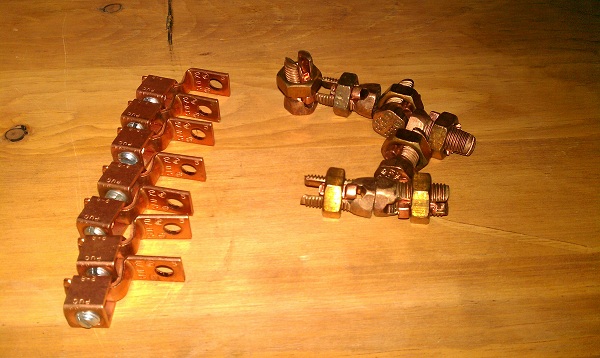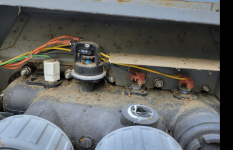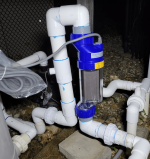- Feb 6, 2015
- 7,862
- Pool Size
- 12300
- Surface
- Plaster
- Chlorine
- Salt Water Generator
- SWG Type
- CircuPool RJ-45 Plus
Don't raise the salt level any further. When i installed my RJ45+, I took the salt to 3000. The unit works fine. I believe anything 2800 or above will work. A salt reading on the lower end is supposed to keep the amps and heat lower in the control unit.
Hope the pool light works out for you.
The heater - and your new SWG controller - also need to be connected to the bonding grid. You should be able to check the water bond with a meter. Chances are the light niche acts as the water bond.
Hope the pool light works out for you.
The heater - and your new SWG controller - also need to be connected to the bonding grid. You should be able to check the water bond with a meter. Chances are the light niche acts as the water bond.







